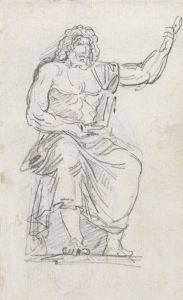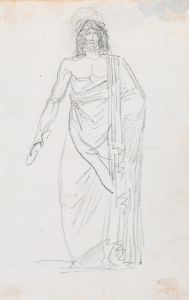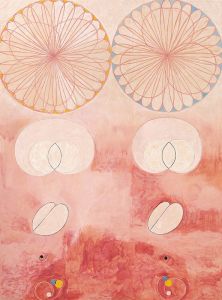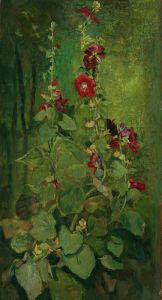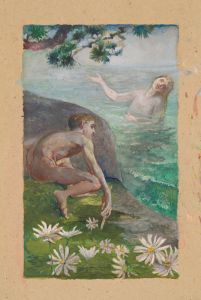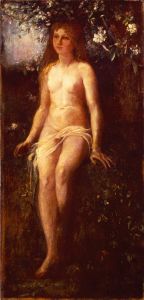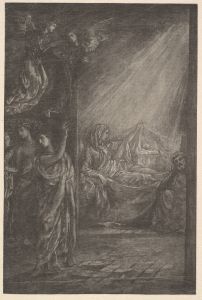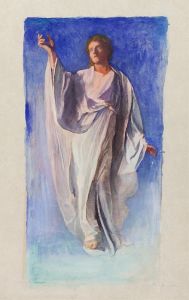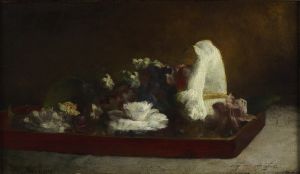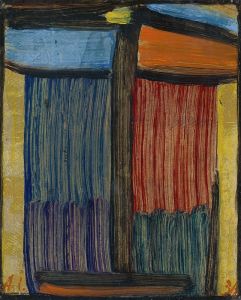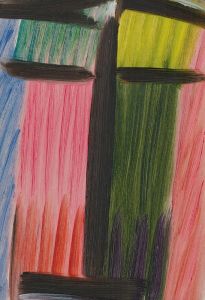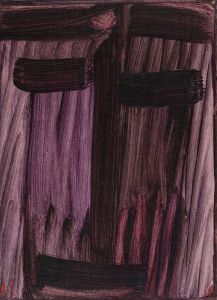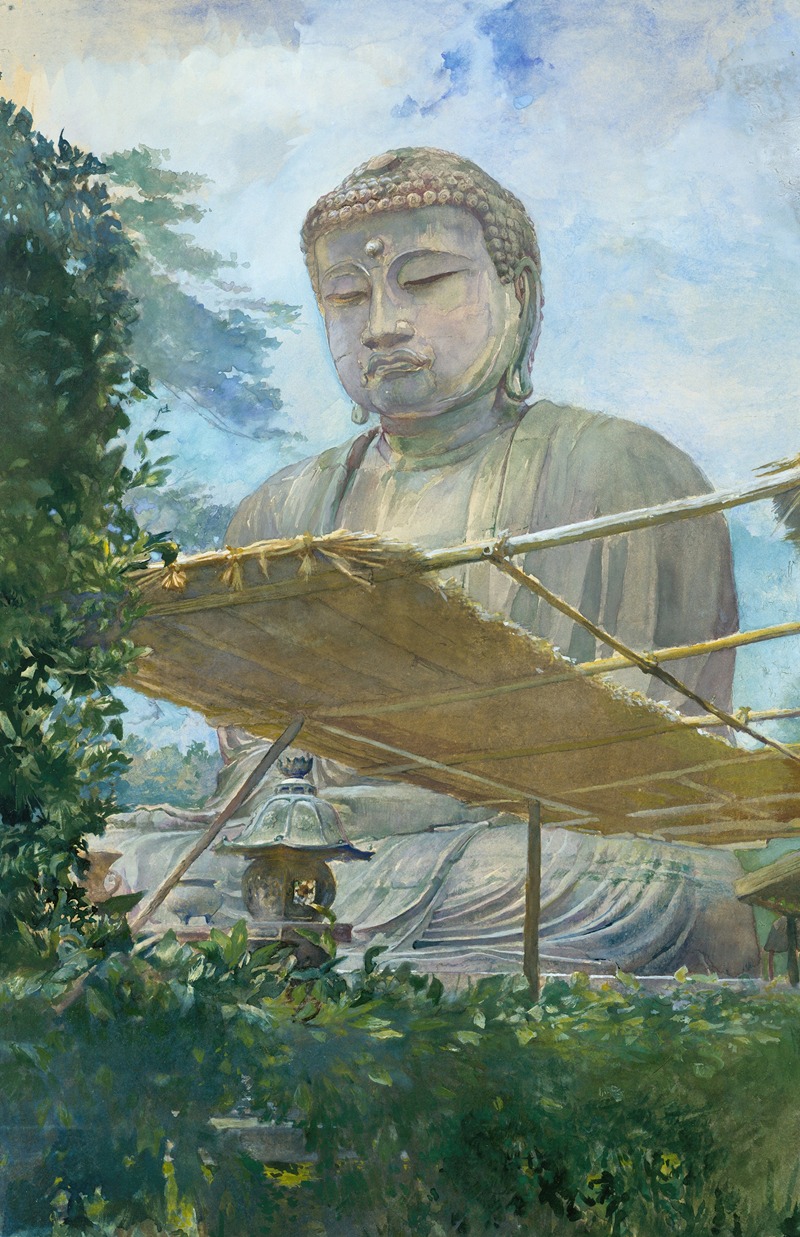
The Great Statue of Amida Buddha at Kamakura, Known as the Daibutsu, from the Priest’s Garden
A hand-painted replica of John La Farge’s masterpiece The Great Statue of Amida Buddha at Kamakura, Known as the Daibutsu, from the Priest’s Garden, meticulously crafted by professional artists to capture the true essence of the original. Each piece is created with museum-quality canvas and rare mineral pigments, carefully painted by experienced artists with delicate brushstrokes and rich, layered colors to perfectly recreate the texture of the original artwork. Unlike machine-printed reproductions, this hand-painted version brings the painting to life, infused with the artist’s emotions and skill in every stroke. Whether for personal collection or home decoration, it instantly elevates the artistic atmosphere of any space.
John La Farge's painting "The Great Statue of Amida Buddha at Kamakura, Known as the Daibutsu, from the Priest’s Garden" is a notable work that captures the essence of the famous Daibutsu, or Great Buddha, located in Kamakura, Japan. La Farge, an American artist renowned for his contributions to the Aesthetic Movement and his innovations in stained glass, created this painting during his travels in Japan in the late 19th century. His journey to Japan was part of a broader exploration of Asian art and culture, which significantly influenced his artistic style.
The Daibutsu of Kamakura is a monumental outdoor bronze statue of Amida Buddha, one of the most revered figures in Japanese Buddhism. The statue dates back to the 13th century, specifically around 1252, during the Kamakura period. It stands approximately 13.35 meters (43.8 feet) tall, making it one of the largest Buddha statues in Japan. Originally housed in a temple hall, the statue has stood in the open air since the late 15th century after the building was destroyed by a tsunami.
La Farge's depiction of the Daibutsu is significant for its attempt to convey not only the physical presence of the statue but also its spiritual and cultural significance. The painting is noted for its use of light and color, which are characteristic of La Farge's work. He was known for his ability to capture the interplay of light and shadow, bringing a sense of depth and atmosphere to his paintings. In this work, La Farge uses these techniques to highlight the serene and contemplative nature of the Buddha statue, set against the lush backdrop of the priest's garden.
The painting reflects La Farge's interest in the spiritual and philosophical aspects of Buddhism, which he encountered during his travels. His work often explored themes of spirituality and the transcendent, and this painting is no exception. By choosing to depict the Daibutsu from the perspective of the priest's garden, La Farge invites viewers to consider the relationship between nature, spirituality, and art.
La Farge's travels to Japan were part of a larger trend among Western artists and intellectuals of the time, who were increasingly interested in Asian art and culture. This interest was fueled by the opening of Japan to the West in the mid-19th century, which led to a cultural exchange that influenced many aspects of Western art and design. La Farge's work is an example of this cross-cultural exchange, as he incorporated elements of Japanese aesthetics into his own artistic practice.
Overall, "The Great Statue of Amida Buddha at Kamakura, Known as the Daibutsu, from the Priest’s Garden" is a testament to John La Farge's skill as an artist and his deep appreciation for the cultures he encountered. The painting remains an important example of the influence of Japanese art on Western artists and continues to be appreciated for its beauty and spiritual depth.





